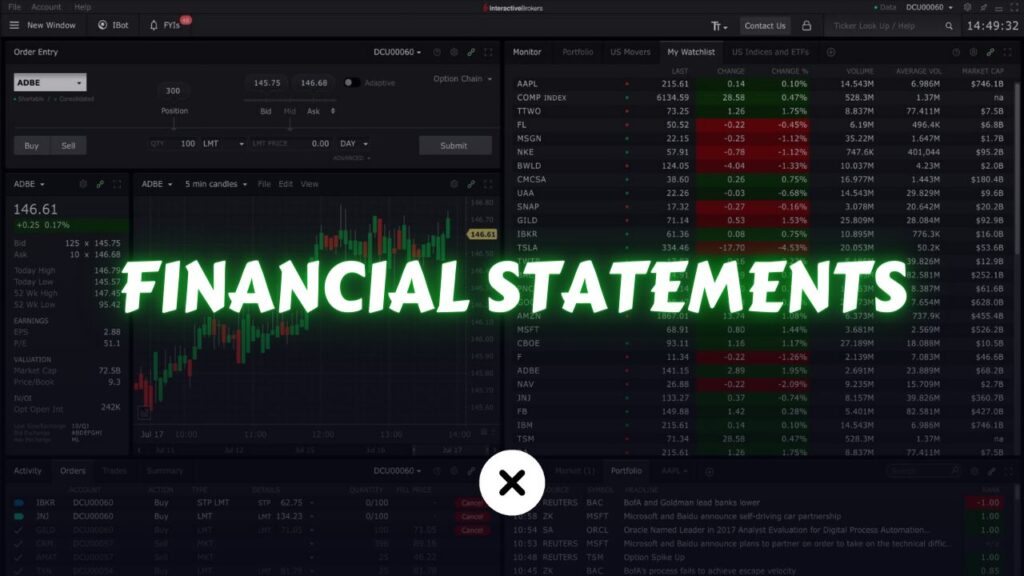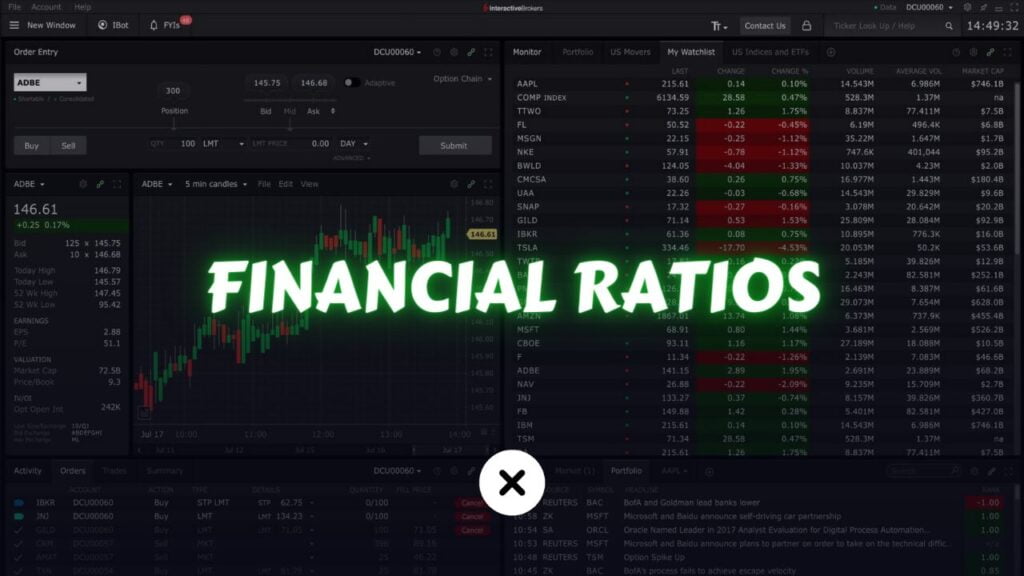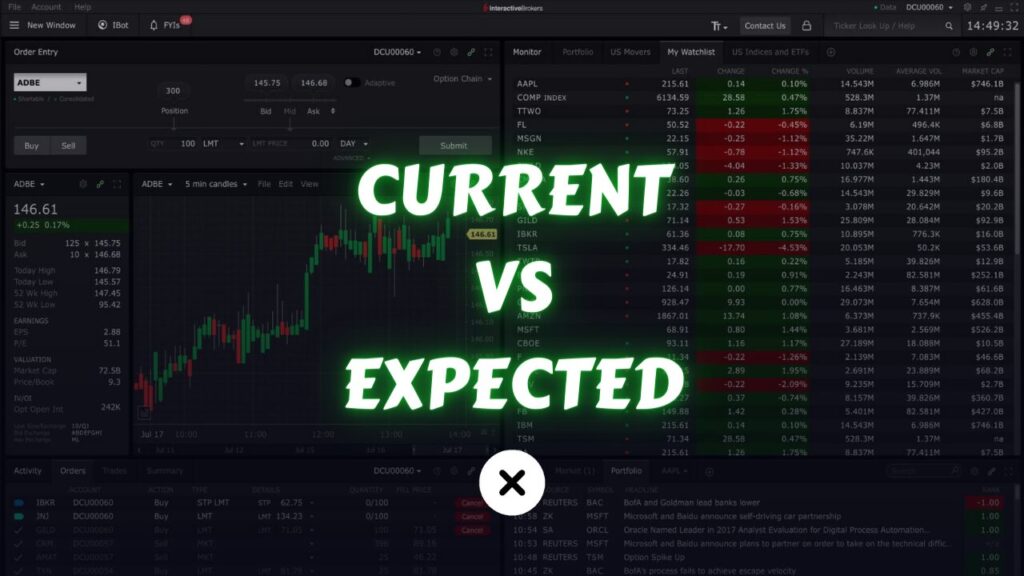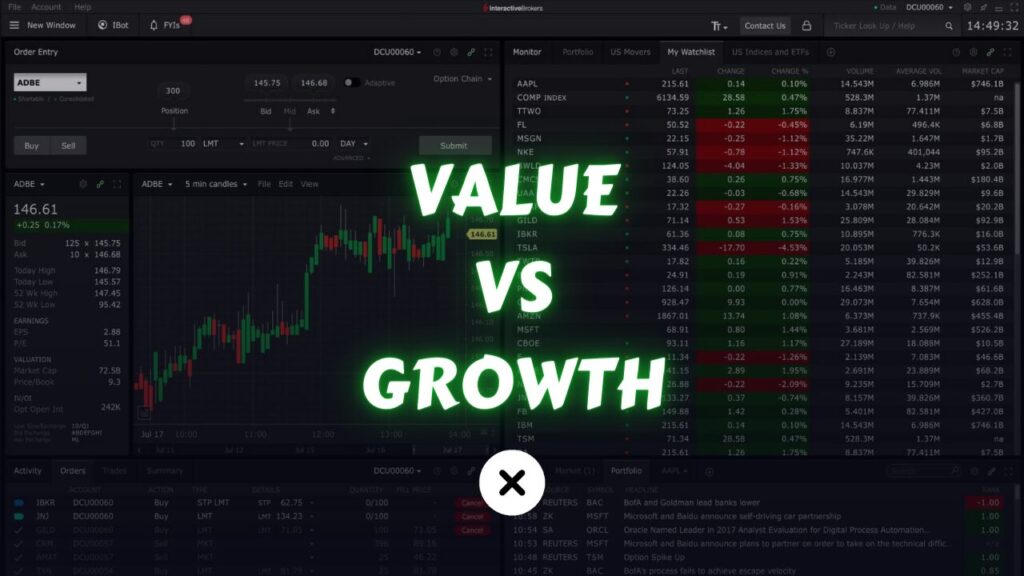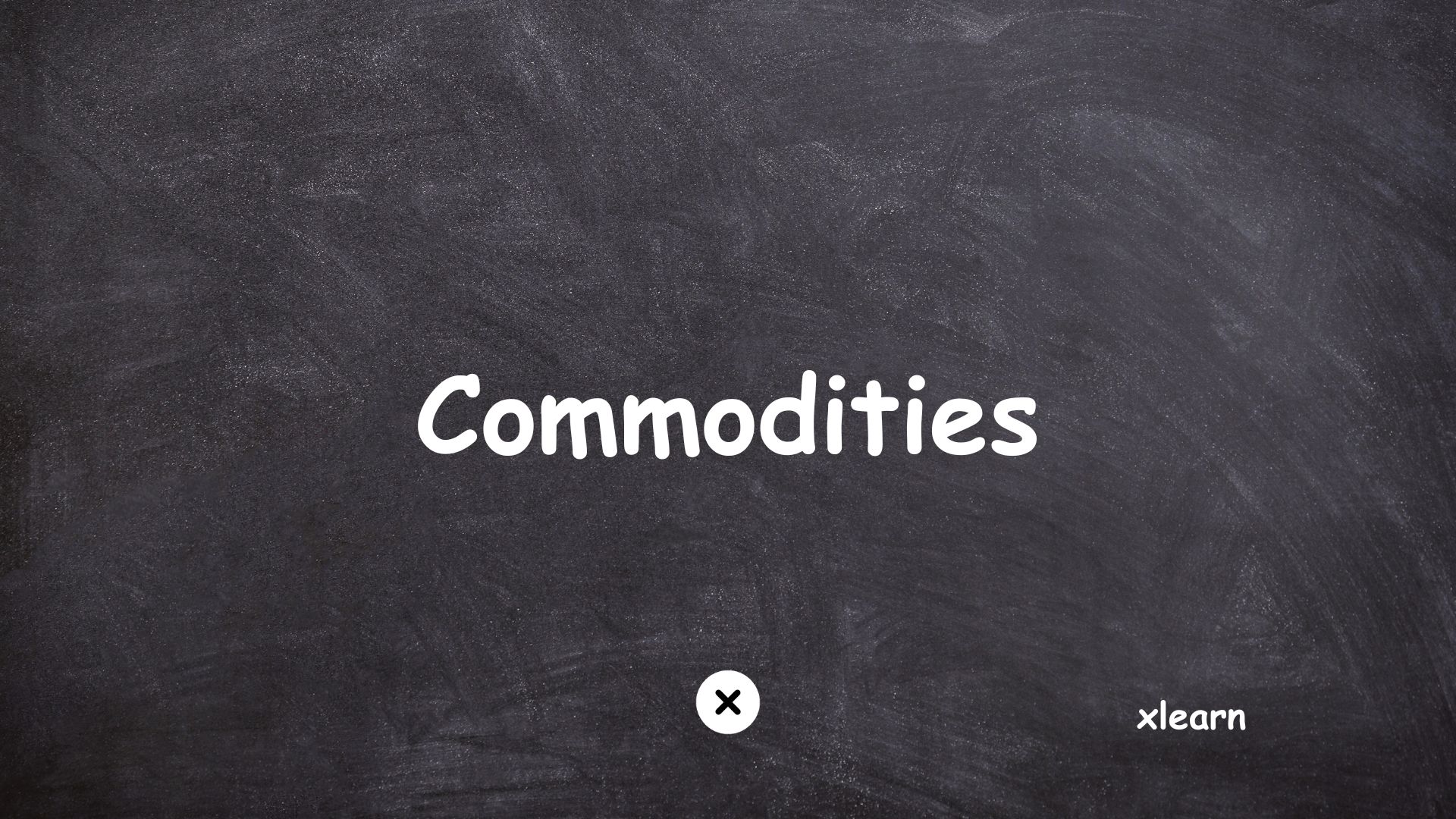
What are commodities?
In economics, a commodity is a basic good used in commerce that is interchangeable with other commodities of the same type. This means that, for example, one barrel of oil is considered essentially the same as any other barrel of oil, regardless of its origin. Commodities are typically physical products that are meant to be consumed or used in the production process.
Here are some key characteristics of commodities:
- Fungibility: Commodities are interchangeable, meaning one unit is essentially the same as another. This allows them to be easily traded on commodity exchanges.
- Standardization: Commodities are often standardized in terms of quality, quantity, and delivery terms. This makes it easier for buyers and sellers to agree on a price.
- Low processing: Commodities are usually minimally processed, meaning they are in their raw or near-raw state. This differentiates them from manufactured goods, which are typically more processed and have higher value added.
Different types of commodities
Commodities can be broadly classified into four main categories:
- Energy: This includes oil, natural gas, coal, and electricity.
- Metals: This includes gold, silver, copper, aluminum, and steel.
- Agriculture: This includes grains (corn, wheat, soybeans), livestock (cattle, hogs), and other crops (coffee, cotton, sugar).
- Livestock: This includes cattle, hogs, sheep, and poultry.
Why commodities are important?
Commodities play an important role in the global economy. They are essential inputs for many industries, such as manufacturing, transportation, and energy production. They are also a major source of income for many countries, particularly developing countries.
Here are some of the reasons why commodities are important:
- Essential for economic growth: Commodities are used in the production of many goods and services, so they are essential for economic growth.
- Hedge against inflation: Commodities can be a good hedge against inflation, as their prices tend to rise in inflationary periods.
- Source of income for developing countries: Many developing countries rely on commodity exports for a significant portion of their income.
Commodities have a good track record over the long term. Adding them to your investment portfolio can make your portfolio more diversified. They don’t always move in the same way as the stock market, giving you a chance to spread out your risks.
Trading commodities
Commodities are traded on a variety of exchanges around the world. The Chicago Mercantile Exchange (CME) and the Intercontinental Exchange (ICE) are two of the largest commodity exchanges.
Commodities are typically traded through futures contracts, which are agreements to buy or sell a commodity at a certain price on a certain date. Futures contracts allow buyers and sellers to hedge against price risk.
How to invest in commodities?
There are a number of ways to invest in commodities, including:
- Buying physical commodities: This can be done through a commodity pool or by directly purchasing and storing the commodity.
- Investing in commodity futures contracts: This gives you the right to buy or sell a commodity at a certain price on a certain date.
- Investing in commodity exchange-traded funds (ETFs): These are baskets of securities that track the price of a particular commodity or a group of commodities.
The simplest way to invest in commodities is through ETFs.
Best commodity ETFs for investing
SPDR Gold Shares (GLD)
Gold started as the first currency, and people used it to trade. Over time, using gold as currency faced challenges. So, folks switched to paper money. The reason? Not because the paper had value, but because it was backed by gold. People valued gold. As governments printed more money without enough gold, we left the gold standard in 1971. Gold became separate, and currency became its own thing—what we now call fiat paper currency.
People still trust gold more than fiat currency because governments can print unlimited money, leading to extreme inflation and worthless currency. With gold, there’s a limited supply, known and unknown. People like that – limited supply often means increasing value over time.
Gold is often seen as a safe heaven, especially when people want to keep their money secure. Many folks, especially older ones, turn to gold for savings. Having gold in your investments adds diversity because it moves in the opposite direction of the stock market – when stocks drop, gold tends to rise.
- Commodity Focus: Gold
- Expense Ratio: Typically around 0.40%
- Average Volume: High
Gold is the go-to commodity for many investors, which is why we’ve spent a good amount of time discussing it. let’s look at others briefly.
iShares Silver Trust (SLV)
- Commodity Focus: Silver
- Expense Ratio: Typically around 0.50%
- Average Volume: High
United States Oil Fund (USO)
- Commodity Focus: Crude Oil
- Expense Ratio: Varies
- Average Volume: High
Invesco DB Agriculture Fund (DBA)
- Commodity Focus: Agriculture (Grains and Softs)
- Expense Ratio: Typically around 0.89%
- Average Volume: Moderate
Invesco DB Commodity Index Tracking Fund (DBC)
- Commodity Focus: Broad Commodity Exposure
- Expense Ratio: Typically around 0.89%
- Average Volume: High
Invesco DB Base Metals Fund (DBB)
- Commodity Focus: Base Metals (Aluminum, Zinc, Copper)
- Expense Ratio: Typically around 0.75%
- Average Volume: Moderate
Teucrium Corn Fund (CORN)
- Commodity Focus: Corn
- Expense Ratio: Typically around 1.05%
- Average Volume: Low to Moderate
Invesco DB Precious Metals Fund (DBP)
- Commodity Focus: Precious Metals (Gold and Silver)
- Expense Ratio: Typically around 0.75%
- Average Volume: Low
Aberdeen Standard Physical Palladium Shares ETF (PALL)
- Commodity Focus: Palladium
- Expense Ratio: Typically around 0.60%
- Average Volume: Low to Moderate
These are some familiar ETFs for commodities, but there are many more available. If you’re interested, you can check out the ETF Database for more details about ETFs.
Conclusion
Commodities are important economic goods that play a vital role in the global economy. They are essential inputs for many industries and a major source of income for many countries. However, commodities are also volatile assets, and investors should be aware of the risks involved before investing.
Including gold in your investments adds diversity. Gold, especially, tends to move in the opposite direction of stocks. So, having gold in your portfolio can be helpful during a stock market crash.
